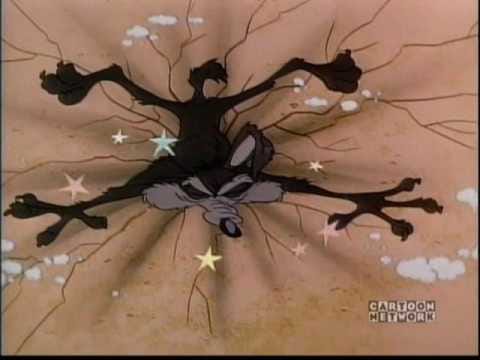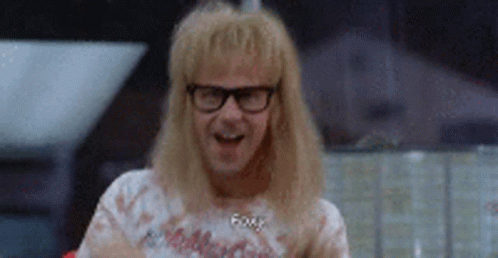For anyone who has ever read Jennifer Egan’s novel, A Visit From the Goon Squad, you’ll know the kind of pause I’m talking about. It’s the musical pause that goes on so long, you think the song might be over, or the radio station has had a broadcast interruption, and then the song begins again. That’s what I’m talking about.
In A Visit from the Goon Squad, Egan has a slide (yes, a PowerPoint slide) called Relationship of Pause Length to Haunting Power, where she charts the length of the pause in a song with its dramatic effect.
“Roxanne,” by the Police is one of the 13 classic rock songs on the slide. Can you hear the pause? If you can’t, it starts here at 1:55. “Foxy Lady” by Jimi Hendrix is another on the list.
(I couldn’t help myself)
Or maybe, if you haven’t read Egan’s book but went clubbing enough in the 90s, you remember how scandalized we’d be when a DJ popped a heat check or two into our favorite songs. Our bodies would freeze in place while our sweaty chests continued to heave, anticipating the next bar of Vogue or Rhythm is a Dancer. The pause was meant to build the anticipation, edging us all to the climax of the song— what fun that was. I haven’t been dancing in so long, do they still give heat checks? God, I hope so.
In poetry, they call it a caesura, where there’s a pause or a stop in the middle of a line. My favorite agoraphobe Emily Dickinson was great at it. Here are the first two lines from poem 372:
After great pain, a formal feeling comes –
The Nerves sit ceremonious, like Tombs –
or a line from our green Dagobah, Yoda, in Star Wars: Episode III - Revenge of the Sith.
Powerful you have become, the dark side I sense in you.
or if cartoons are your language, how about that epic pause when Wile E. Coyote chases Road Runner off the cliff and he hangs in midair for a solid one count before the plummet. How will he fall to Earth this time?
The comma (the pause) acts like a fulcrum or the word “but,” where everything that comes after alters the interpretation of what came before and builds anticipation for what comes next.
Ever since I read Egan’s slide about the power of the pause, I see the need for pauses everywhere. I think about the driving beat of my life for the last 25 years and how there have been so few pauses to consider all that came before or what may come in the future. Perhaps it’s just the nature of these middle years with all the pressure of kids, and marriage, and work. Perhaps it’s the nature of social media and our high level of reactivity. Perhaps it’s because we’ve taken the rest day out of the week. Whatever it is, the need to build in the pause is as necessary as sleep.
Consider how a full stop makes something more powerful. Where can we build in the rest, so it creates the maximum power felt in Roxanne or Foxy Lady?
I have a couple of fiction characters that I am torturing with addiction, poverty, and family troubles, to say nothing of run-ins with the law. That’s what you do with fiction characters, you just wollop them left and right, like middle-aged people in real life. But you also have to give them a break every once in a while, so they can collect themselves, process what they’ve been through, and power up for the next assault. It builds anticipation and satisfaction when we know how far a character has traveled physically and emotionally. I think it’s the same in life.
The act of stopping despite the unstoppable momentum of life is radical, and necessary for a hero’s journey.
Soon,
-n






I’ve just realized the rest day has been eliminated in my life and now I am devastated.
Fun. Fascinating and thought provoking